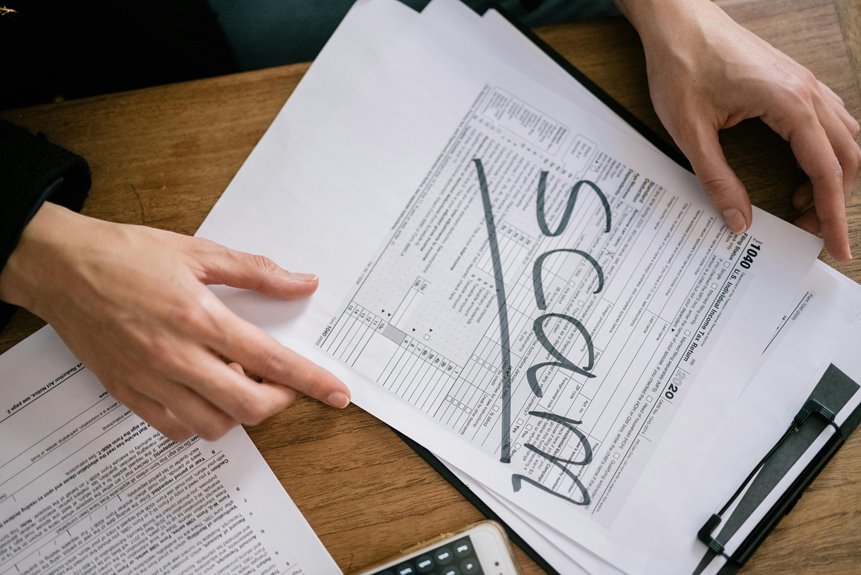The investigation into the hotline numbers 3510020179, 3510151794, 3509563465, 3513849880, 3383853010, and 3284294885 reveals a concerning pattern of fraudulent activity. Authorities are focusing on identifying common tactics used by these callers to deceive victims. Understanding these methods is essential for effective prevention. However, the complexities of caller verification processes raise further questions about the integrity of hotline systems. What measures can be implemented to enhance security and trust?
Overview of Suspicious Hotline Calls
Although hotline services are designed to provide support and assistance, they sometimes receive calls that raise suspicions or concerns.
These instances often prompt a review of hotline protocols to ensure caller verification is rigorously applied.
Common Tactics Used by Fraudulent Callers
Fraudulent callers often employ a variety of tactics to exploit hotline services, undermining the integrity of these critical support systems.
Common fraudulent tactics include caller manipulation through emotional appeals, creating a sense of urgency, and impersonating authority figures.
These strategies aim to deceive victims into providing sensitive information or financial assistance, further demonstrating the need for vigilance in protecting hotline resources from exploitation.
How to Identify and Report Suspicious Callers
Identifying and reporting suspicious callers requires careful observation and a systematic approach to assessing the legitimacy of each interaction.
Effective caller verification involves noting unusual requests for personal information or high-pressure tactics. Individuals should familiarize themselves with established reporting procedures, documenting details such as caller ID and conversation content.
Timely reporting enhances community awareness and aids authorities in addressing fraudulent activities promptly.
Tips for Protecting Yourself From Phone Scams
How can individuals effectively shield themselves from the growing prevalence of phone scams?
Utilizing caller ID can help identify potential threats, while phone verification techniques can confirm the legitimacy of unknown callers.
Additionally, individuals should remain cautious about sharing personal information, especially when unsolicited.
Regularly updating privacy settings and utilizing call-blocking applications further enhances one’s defenses against deceptive communications, fostering a sense of security.
Conclusion
In conclusion, the alarming prevalence of suspicious hotline callers signifies an unprecedented wave of deception sweeping through communication channels. As fraud authorities confront these relentless harbingers of misinformation, it is imperative for the public to remain ever-vigilant. By fostering a culture of awareness and proactive reporting, individuals can fortify their defenses against these nefarious schemes. Collaboration with fraud prevention agencies will not only safeguard sensitive information but also create an impenetrable shield against the insidious tactics employed by these modern-day tricksters.






